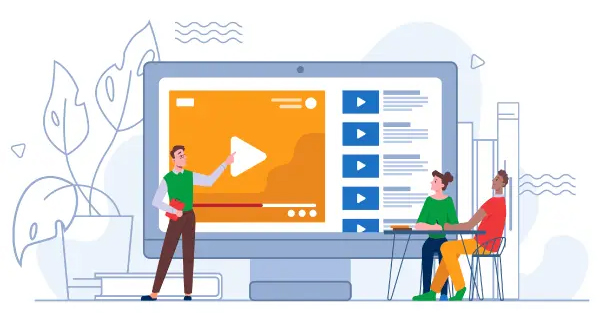
Video presentations are now the undisputed king of mediums in business communication. HubSpot reports that 85% of companies use video presentations in their marketing efforts. From webinars to demos, from sales presentations to investor pitches, and from welcome videos to online tutorials, videos are the go-to channel. Clearly, video marketing is on the surge. And video presentations are among the most widely used formats for video marketing. But how exactly can you create winning video presentations, to begin with? Simply by signing up to Slideator for business where you get tailor-made template and video editing services on demand so you can spend your time running your business.
1. What is a Video Presentation?
A video presentation is a form of communicating with an audience with the aid of a video or completely using a video. The video could be made of PowerPoint slides, still images, animation, or actual video footage.
2. Why Should I use Video Presentations?
Common reasons for using videos as presentation aids include:
– Overcoming space/time limitations
– Using video as a visual aide to drive your point home
– Video enables you to compress a lot of information into a digestible size
3. How do I make a Video Presentation?
Thanks to the advancements in technology, making video presentations has become very easy. It has also become more affordable than it was a couple of years ago. While different video makers have different steps to take when making a video, here are the basic steps to follow:
– Come up with a concept for your presentation.
– Craft an engaging script.
– Decide on the visual assets (and format) you’ll use.
– Use a professional video editing app to bring it all together.
– Promote the video.
Pro tip: To make things even easier, you could sign up to Slideator for business and get presentations made for your brand using the editing-on-demand services. Sign up for a free demo here.
4. How do you begin a Presentation?
You can open your presentation in 7 ways:
1. Share an anecdote or short personal story.
2. Kick-off with a provocative statement.
3. Present a startling statistic or data.
4. Tell a good clean joke that suits the audience.
5. Ask a loaded rhetorical question.
6. Show the audience a compelling visual.
7. Hook people with a fascinating quotation.